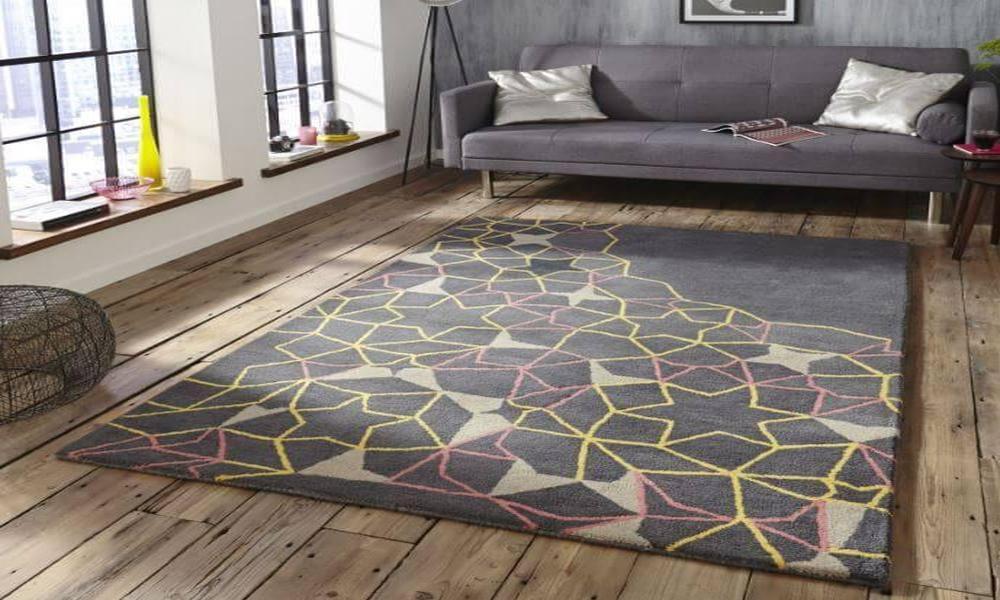When shopping for a handmade rug, it’s important to know how to distinguish it from a machine-made rug to ensure you are getting what you pay for. Here are some things to look for when determining if a rug is truly handmade:
Knots and Imperfections:
Handmade rugs are knotted by hand, while machine-made rugs are produced by machines. Look at the back of the rug to see the knots – if they are uneven and vary in size, it is likely handmade. Handmade rugs are made by human hands, so they will have slight imperfections and irregularities in the pattern, shape, and color. These imperfections give the rug character and authenticity.
Fringes and Backing:
Handmade rugs often have fringes on the ends that are an extension of the warp strings used in the weaving process. These fringes are usually knotted or braided and are not attached to the rug with stitches or glue. Handmade rugs usually do not have a backing, while machine-made rugs often do. If the rug has a backing, it is likely, not handmade.
Materials and Price:
Handmade rugs are usually made from natural fibers such as wool, cotton, silk, or jute, while machine-made rugs are often made from synthetic materials such as nylon or polyester. Handmade rugs are generally more expensive than machine-made rugs due to the time and skill required to create them. If the price seems too good to be true, it may be a machine-made rug.
How can care for and maintain handmade rugs to ensure it lasts for generations?
Handmade rugs are often treasured pieces that can last for generations if properly cared for and maintained. Here are some tips on how to care for and maintain a handmade rug:
Vacuum regularly: Regular vacuuming is the best way to keep a handmade rug clean and free from dirt and dust. Use a vacuum cleaner with a low suction setting and a brush attachment to gently clean the rug.
Rotate the rug: Rotate the rug regularly to ensure even wear and fading. This is especially important for rugs that receive a lot of foot traffic.
Spot clean: If spills or stains occur, act quickly to clean them up. Use a damp cloth and mild soap to gently blot the stain, taking care not to rub it in further.
Professional cleaning: Have the rug professionally cleaned every 3-5 years, or more frequently if it is heavily soiled or stained. Choose a professional rug cleaner with experience in handling handmade rugs and using gentle, non-toxic cleaning products.
Protect from sunlight: Handmade rugs can fade over time when exposed to direct sunlight. To protect the rug from fading, use curtains or blinds to block the sunlight or rotate the rug periodically to ensure even exposure.
Protect from pests: Handmade rugs are susceptible to damage from moths and other pests. To protect the rug, use natural moth repellents such as lavender or cedar chips, and vacuum the rug regularly to remove any eggs or larvae.
Avoid heavy furniture: Avoid placing heavy furniture on the rug, as this can cause permanent damage or indentations in the fibers.
By following these tips, you can ensure your handmade rug remains beautiful and functional for years to come, and can even become a cherished family heirloom.

